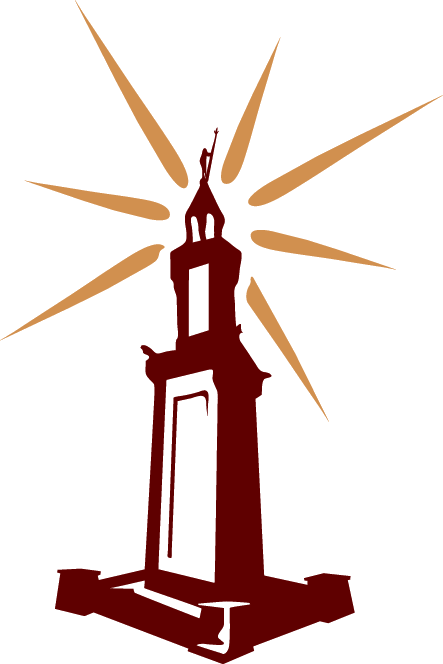Chapter 3. Franco Ferrari, Democritus, Heraclitus, and the Dead Souls: Reconstructing Columns I–VI of the Derveni Papyrus
Chapter 3. Democritus, Heraclitus, and the Dead Souls: Reconstructing Columns I–VI of the Derveni Papyrus [*] Franco Ferrari Università dell’Aquila On January 15, 1962, the remains of the Derveni Papyrus were unearthed from a cist grave in northern Greece. Anton Fackelmann, curator of the papyrus collection of the Österreichische Nationalbibliothek in Vienna and the world’s leading expert in the handling… Read more
